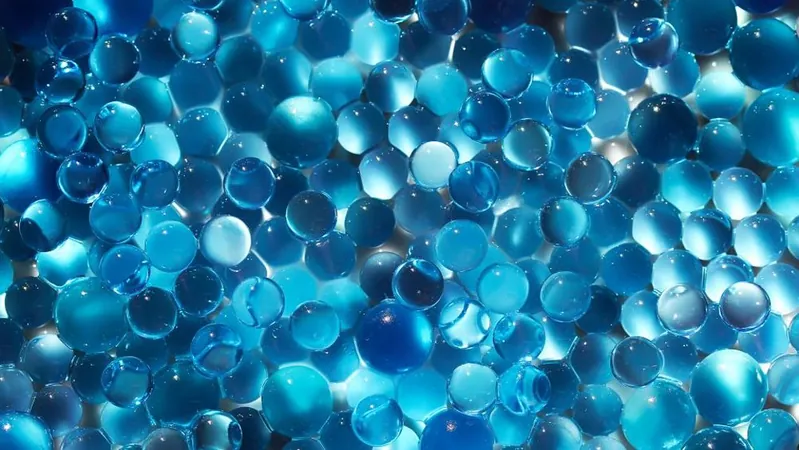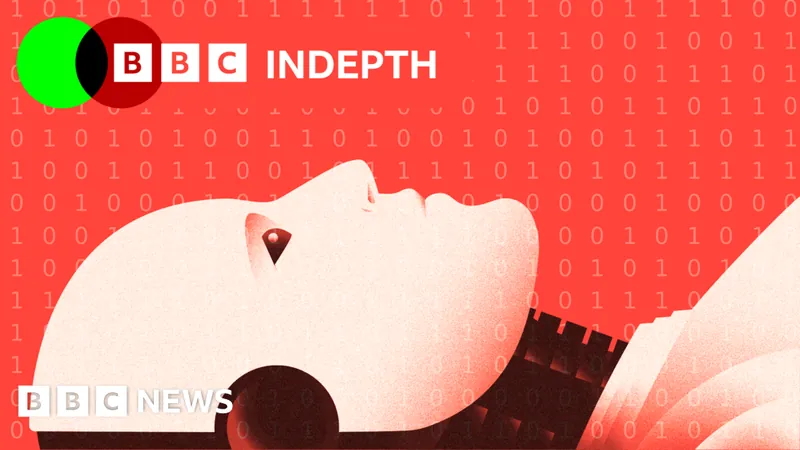
Revolutionary Sonogel Promises a Safer, Faster Way to Create Hydrogels
2025-05-12
Author: Benjamin
McGill University's Breakthrough in Hydrogel Technology
In an exciting development from McGill University, researchers have unveiled a groundbreaking technique called 'sonogel' that could revolutionize the way hydrogels are made. This innovative method is not only faster and cleaner but also more environmentally friendly, producing hydrogels that boast enhanced strength, flexibility, and impressive resistance to freezing and dehydration.
The Versatile World of Hydrogels
Hydrogels, which are polymer-based materials capable of absorbing vast amounts of water, are used in various applications, ranging from wound dressings and drug delivery to tissue engineering and soft robotics. However, traditional manufacturing of these materials typically involves toxic chemical initiators, which poses a risk to both health and the environment.
The Power of Ultrasound in Hydrogel Fabrication
Under the leadership of mechanical engineering Professor Jianyu Li, the McGill research team collaborated with Polytechnique Montréal to create a sonic revolution in hydrogel production. By employing ultrasound, they discovered that sound waves can generate microscopic bubbles in a liquid precursor, leading to rapid gel formation in as little as five minutes – a process that previously took hours or even overnight using UV light.
A Game-Changer for Medical Treatments
One of the most exciting prospects of the sonogel technology lies in its potential for non-invasive medical treatments. Since ultrasound can penetrate deep into tissues, this method could facilitate the formation of hydrogels directly within the body, eliminating the need for surgical procedures.
"Imagine injecting a liquid precursor and using ultrasound to solidify it precisely where needed," said Li. "This could be a game-changer for treating tissue damage and advancing regenerative medicine."
The Future of 3D Bioprinting with Ultrasound
Beyond medical applications, the sonogel technique may pave the way for an unprecedented approach to 3D bioprinting. Instead of relying on light or heat, researchers could use sound waves to meticulously 'print' intricate hydrogel structures, shaping materials with extraordinary precision.
Co-author Jean Provost, an assistant professor of engineering physics at Polytechnique Montréal, emphasized this potential: "By leveraging high-intensity focused ultrasound, we can control and construct hydrogels with remarkable accuracy."









 Brasil (PT)
Brasil (PT)
 Canada (EN)
Canada (EN)
 Chile (ES)
Chile (ES)
 Česko (CS)
Česko (CS)
 대한민국 (KO)
대한민국 (KO)
 España (ES)
España (ES)
 France (FR)
France (FR)
 Hong Kong (EN)
Hong Kong (EN)
 Italia (IT)
Italia (IT)
 日本 (JA)
日本 (JA)
 Magyarország (HU)
Magyarország (HU)
 Norge (NO)
Norge (NO)
 Polska (PL)
Polska (PL)
 Schweiz (DE)
Schweiz (DE)
 Singapore (EN)
Singapore (EN)
 Sverige (SV)
Sverige (SV)
 Suomi (FI)
Suomi (FI)
 Türkiye (TR)
Türkiye (TR)
 الإمارات العربية المتحدة (AR)
الإمارات العربية المتحدة (AR)